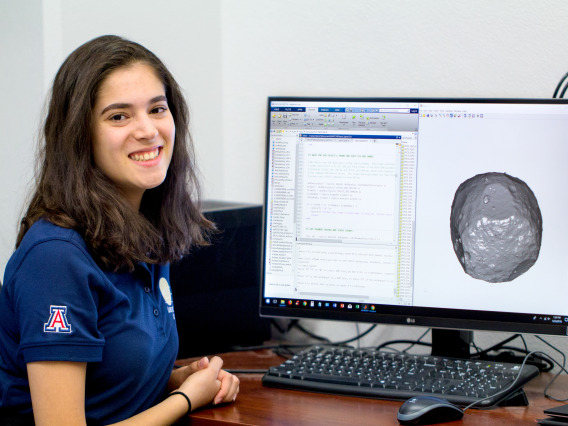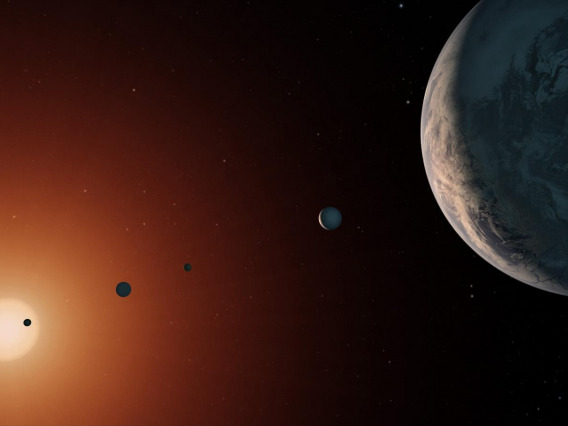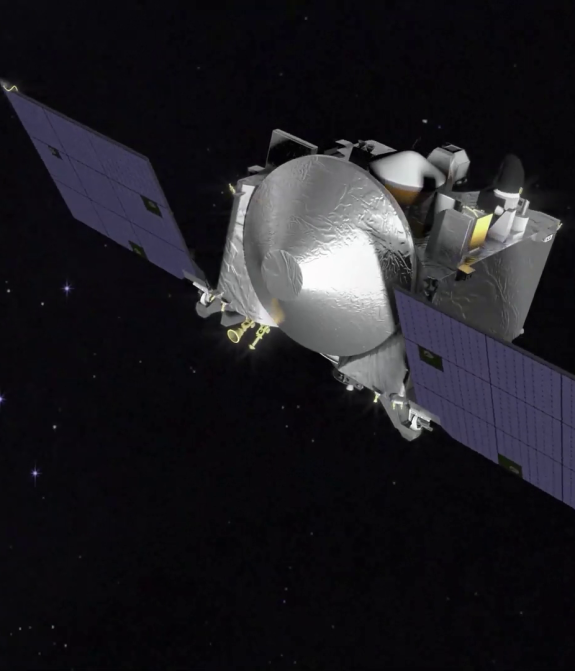
Explore Planetary and
Solar Systems Science at LPL
Welcome to the Lunar and Planetary Laboratory
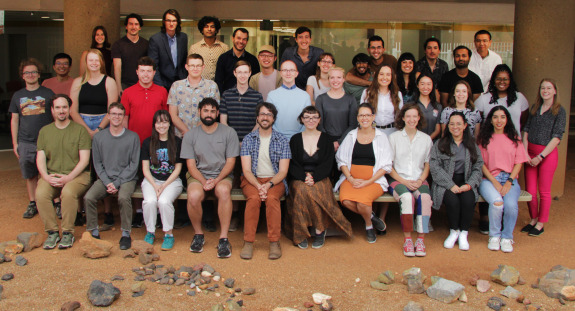
Academic Programs at LPL
Interdisciplinary coursework, access to world-class instruments and laboratories, and diverse research opportunities.
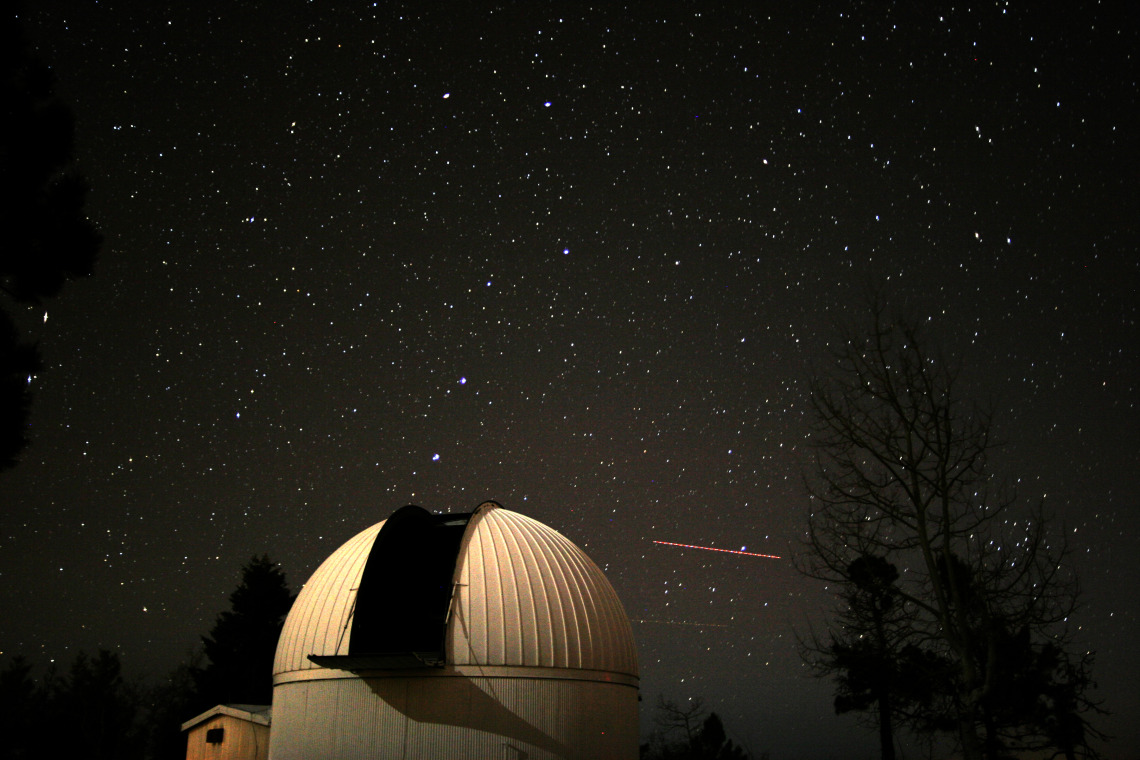
Research Focus Areas
Pursuing interdisciplinary research spanning the breadth and depth of planetary science.
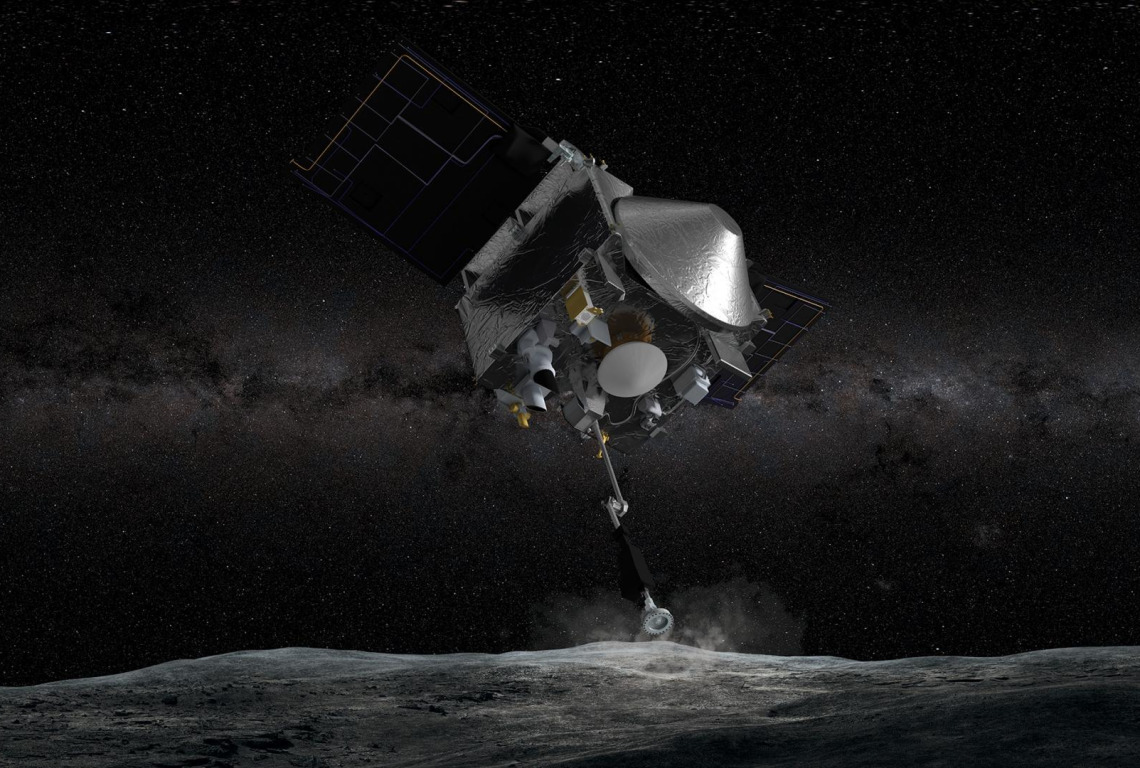
Spacecraft Missions and Instrumentation
Exploring the Universe as investigators on spacecraft mission and instrumentation teams.
LPL in the Spotlight
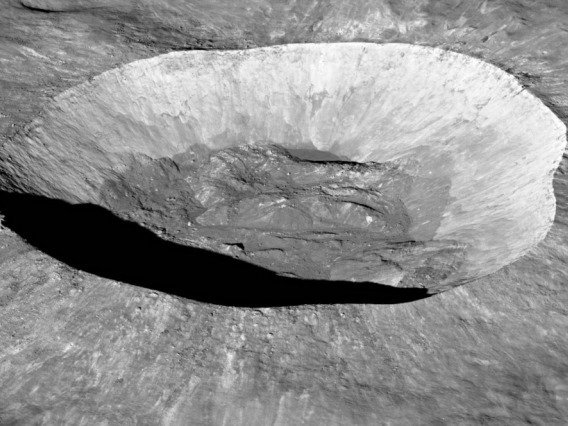
Near-Earth Asteroid Was Blasted From a Crater on the Moon, Study Finds
For the first time, scientists have traced an asteroid to its exact place of origin – a particular crater on the moon.
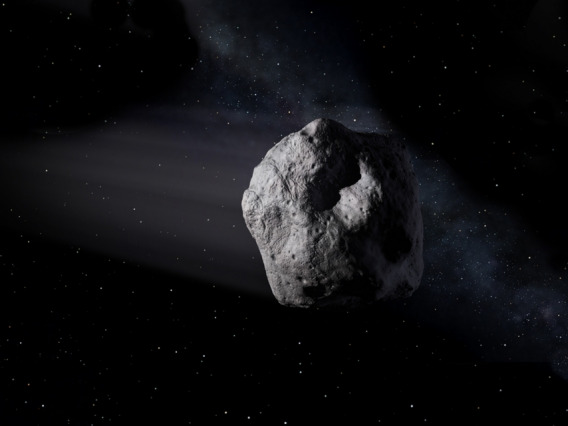
Catalina Sky Survey Wants Your Help Hunting for Asteroids
Anyone with an internet connection can now join University of Arizona researchers as they work to discover asteroids hurtling through our solar system.
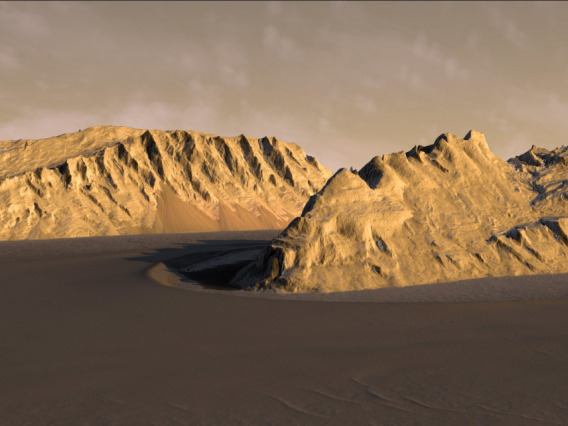
Digital Terrain Models Zero in on Martian Surface
Realistic, to-scale renditions of otherworldly landscapes, created by a team at the university's Lunar and Planetary Laboratory, help lay the groundwork for ongoing and future Mars exploration campaigns.
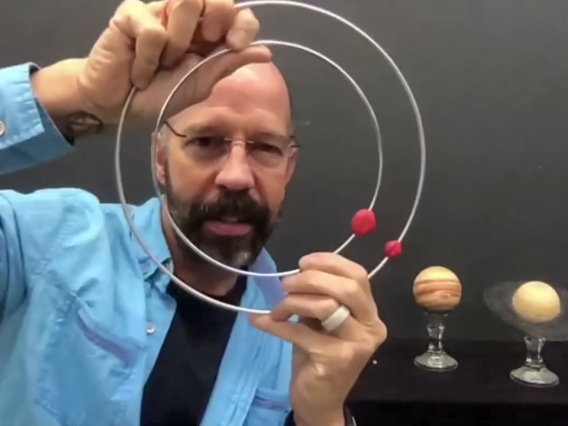
Public Education and Outreach
Faculty, staff, and students engage with diverse communities.
Join our mailing list to learn about upcoming events and activities.



